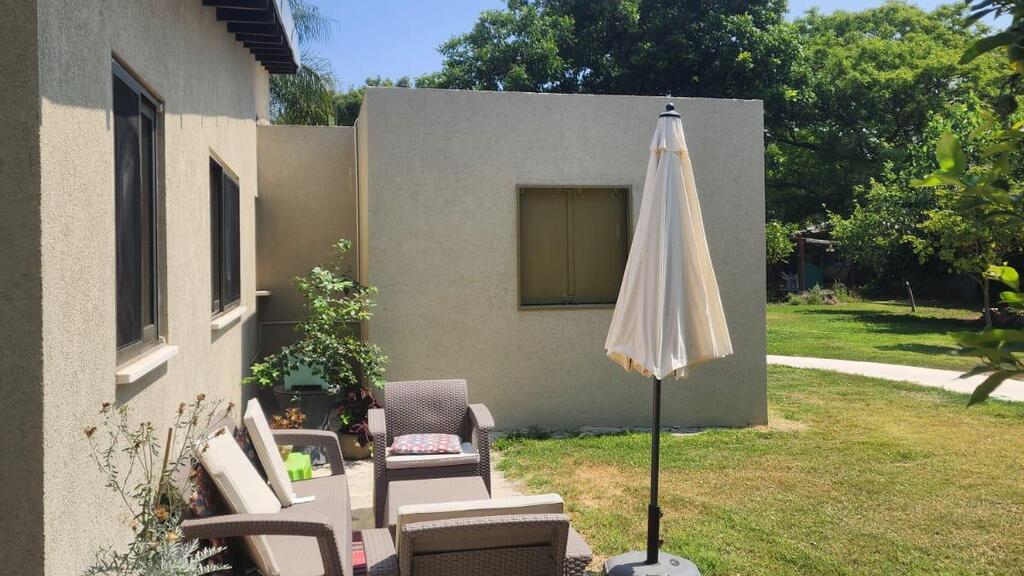The relentless sound of sirens has rewritten Israel’s real estate priorities. Where balconies, parking spaces and sunlight once topped homebuyers’ checklists, a single question now dominates: "Is there a proper safe room?"
With tens of thousands of families racing to public shelters during missile alerts, demand for adding certified fortified shelters has surged, exposing urgent practical and financial challenges.
Two paths to protection
For homeowners, the solution comes in two forms, each with trade-offs.
Mobile shelters: Prefabricated units built off-site and craned into position. "Delivery and installation take 10–14 days—or just 48 hours if units are in stock," explained Elroi Strait, CEO of construction firm BPY Or Marine. Cost: 140,000 shekels ($37,500) including VAT.
Built-in shelters: Constructed on-site inside the home. "This takes about a month," said Strait, with costs reaching 180,000 shekels ($48,000).
Both options require approval from the IDF’s Home Front Command, but permits for low-rise homes (≤2 stories) are fast-tracked within two weeks. Taller buildings face months-long municipal bureaucracy.
For residents of multi-story buildings, the path is more arduous. Adding safe rooms requires unanimous consent from all owners and simultaneous construction across every unit—a near-impossible coordination feat. "Most buildings now defer to urban renewal projects," Strait explained.
Get the Ynetnews app on your smartphone: Google Play: https://bit.ly/4eJ37pE | Apple App Store: https://bit.ly/3ZL7iNv
Ran Naor, CEO of Ortec Defense Systems, offered a stopgap: retrofitting existing rooms with Home Front Command-approved blast-resistant doors, windows and reinforced walls. "This takes 7–14 days and costs 100,000 shekels –140,000 shekels ($27,000–37,500)," Naor said. However, experts caution these retrofits remain untested against direct hits from heavy munitions.
Regulatory breakthroughs
Emergency measures have slashed red tape. Since October 2023, ground-floor safe rooms in low-rise homes require only Home Front Command approval—bypassing municipal permits entirely. This waiver, recently extended to October 2026 due to ongoing war, even covers non-compliant constructions (e.g., exceeding property lines).
"The main barrier isn’t permits—it’s cost," emphasized Hila Revach, a planning law expert and former legal counsel for Ashkelon municipality. With mobile units starting at 113,000 shekels ($30,200) before delivery and retrofits exceeding 100,000 shekels ($26,700), financial strain is palpable.
The shift is cultural as much as practical. "Personal recommendations decide contractors now," Strait said, underscoring heightened scrutiny of safety credentials. For Naor, the calculus is stark: "In apartments, consensus is slow. But for a private home? Only one owner decides. That’s the difference between safety and vulnerability."
As fighting persists, the safe room’s evolution from luxury to necessity marks a profound change in how Israelis define a "home."






